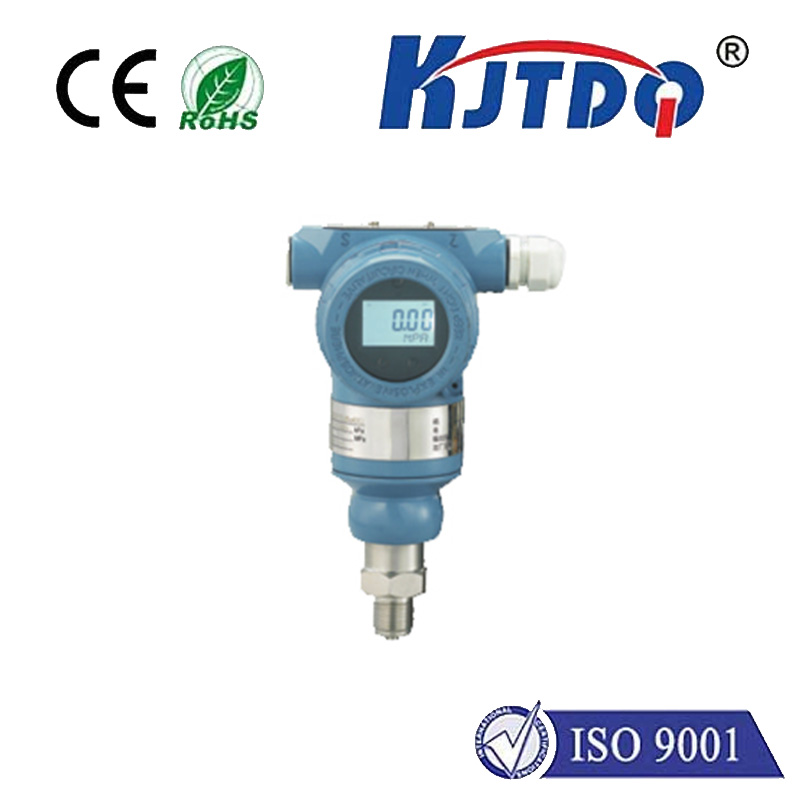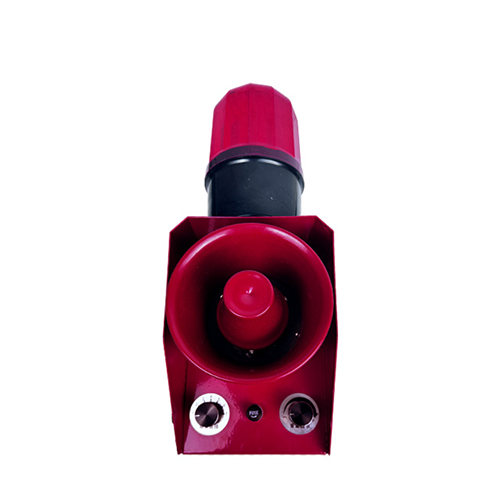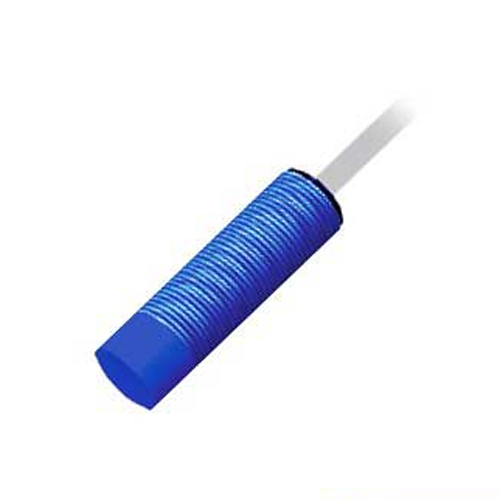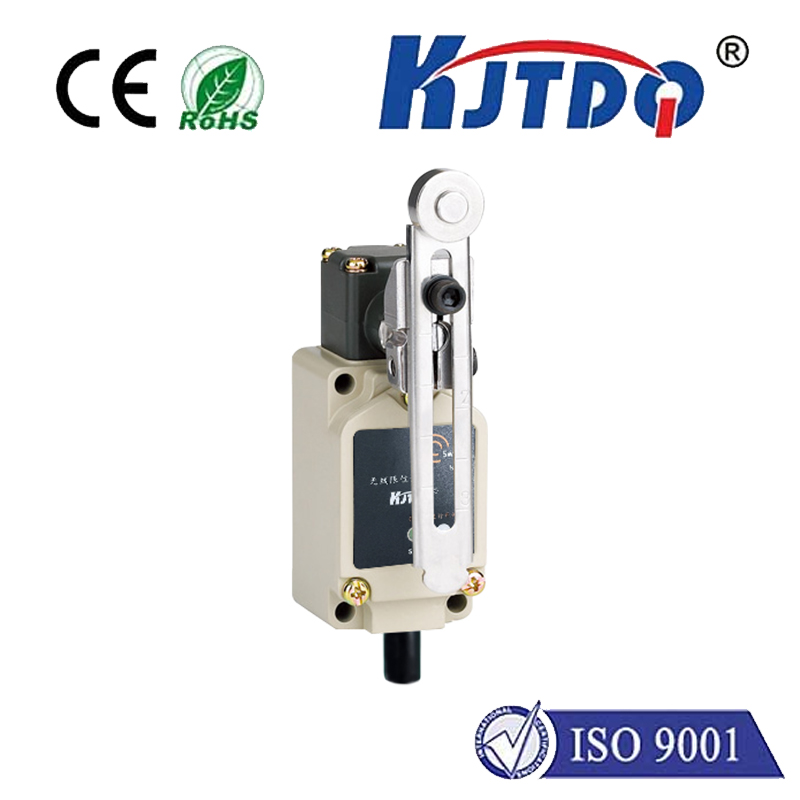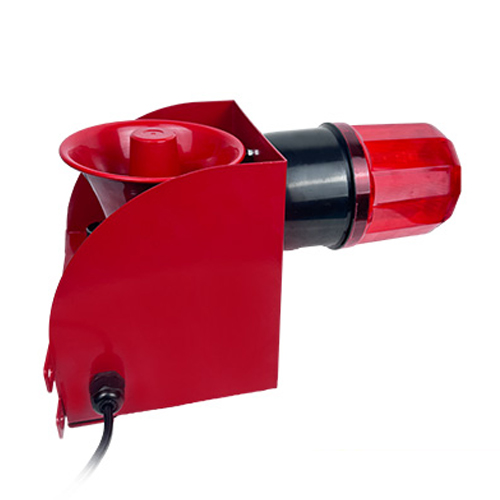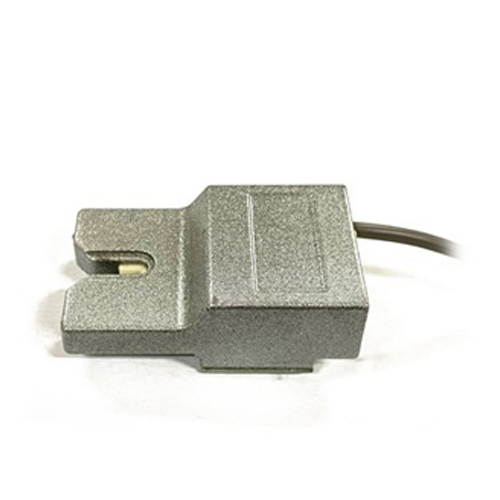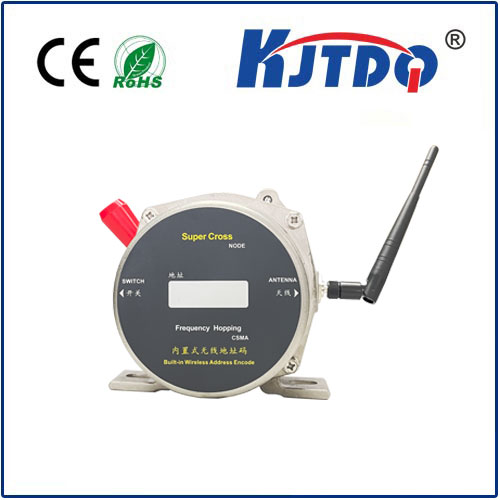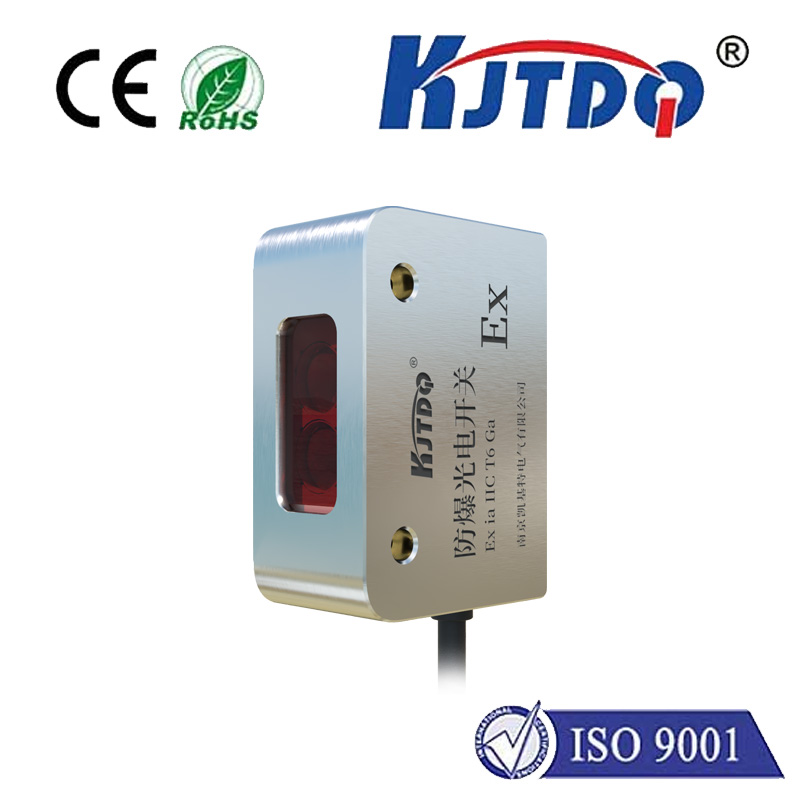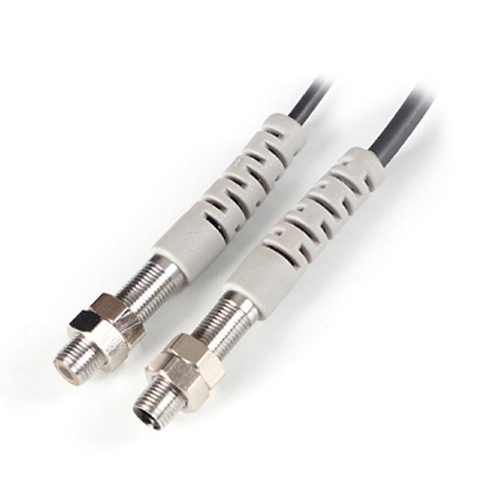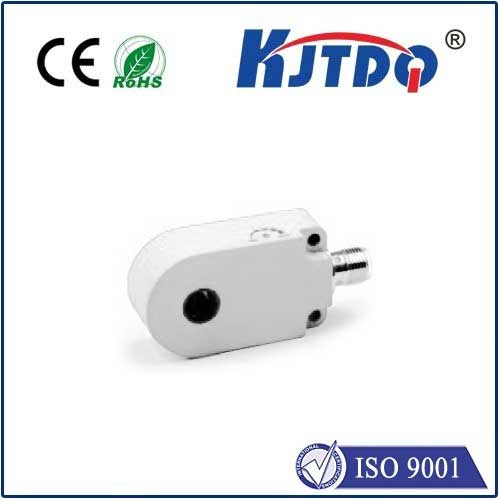

check

check

check

check

check

check

check

check

check

check
Title: Enhancing Accuracy in Laser Displacement Measurement: Advancements and Applications
Introduction
Laser displacement measurement is a powerful tool used to determine the displacement of materials, such as metals, plastics, and ceramics. By emitting laser light onto the sample and observing the resulting changes in position, engineers can gain valuable insights into the properties and behavior of these materials. In recent years, advancements in technology have led to significant improvements in the accuracy and precision of laser displacement measurement systems. This article explores the latest innovations and their applications in this field.
Section 1: Advancements in Laser Displacement Measurement Technology
1.1 High-Speed Detection Systems
One of the key challenges in laser displacement measurement is accurately capturing the rapid changes in the material's position caused by the laser's interaction. To address this issue, researchers have developed high-speed detection systems that can detect small movements with incredible speed and accuracy. These systems use advanced sensors and image processing techniques to quickly analyze the data generated by the laser.

1.2 Improved Laser Technologies
Another important development in laser displacement measurement is the improvement of laser technologies themselves. New types of lasers, such as diode sources and fiber optics, offer higher power densities and better beam quality than older generation lasers. This has resulted in more stable and precise measurements, even under challenging conditions.
1.3 Advanced Data Processing Techniques
In addition to improving the hardware components of laser displacement measurement systems, researchers have also made significant progress in data processing techniques. Machine learning algorithms and artificial intelligence are now being used to analyze large datasets and identify patterns that would be difficult for humans to detect. This allows for more accurate predictions and improved decision-making based on the results of laser displacement measurements.
Section 2: Applications of Laser Displacement Measurement
2.1 Materials Science Research
Laser displacement measurement is essential in materials science research, where it is often used to study the mechanical properties of materials and their interactions with other substances. By measuring the displacement of materials under different conditions, researchers can gain insights into their behavior and optimize their performance for various applications. For example, laser displacement measurement can be used to determine the strength and durability of building components or to design more fuel-efficient engines.
2.2 Quality Control in Manufacturing Processes
In manufacturing processes, laser displacement measurement can be used to ensure consistency and accuracy of product production. By monitoring the movement of raw materials during manufacturing, companies can detect any inconsistencies and adjust their processes accordingly. This helps to improve the quality of products and reduce waste. Additionally, laser displacement measurement can be used to measure the dimensional accuracy of parts before they are assembled, further reducing errors later in the assembly process.
2.3 Medical Applications
Laser displacement measurement has several potential applications in medical fields as well. For example, it can be used to measure the thickness of skin or tissue during surgery, providing doctors with more detailed information about the area they are working on. It may also be used to study bone growth or fracture healing by measuring changes in bone structure over time. These applications could significantly improve patient outcomes by allowing doctors to make informed decisions based on real-time data.
